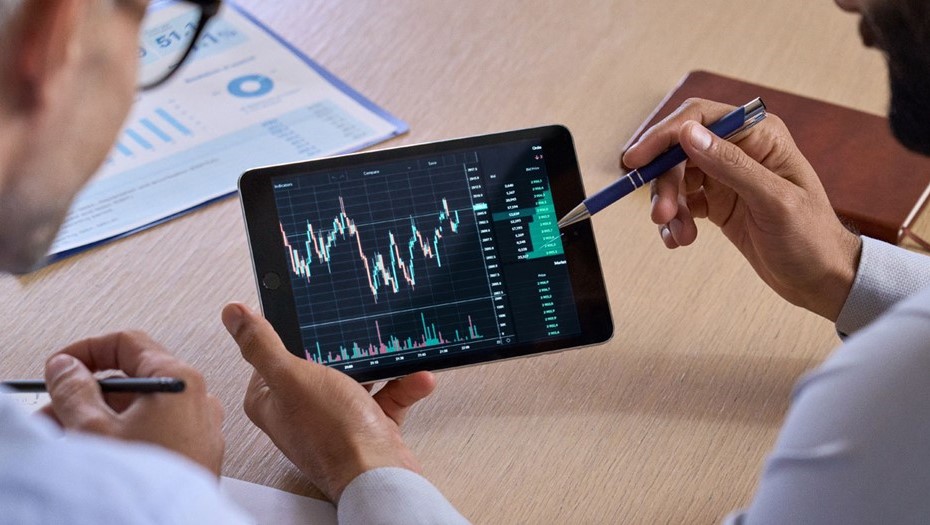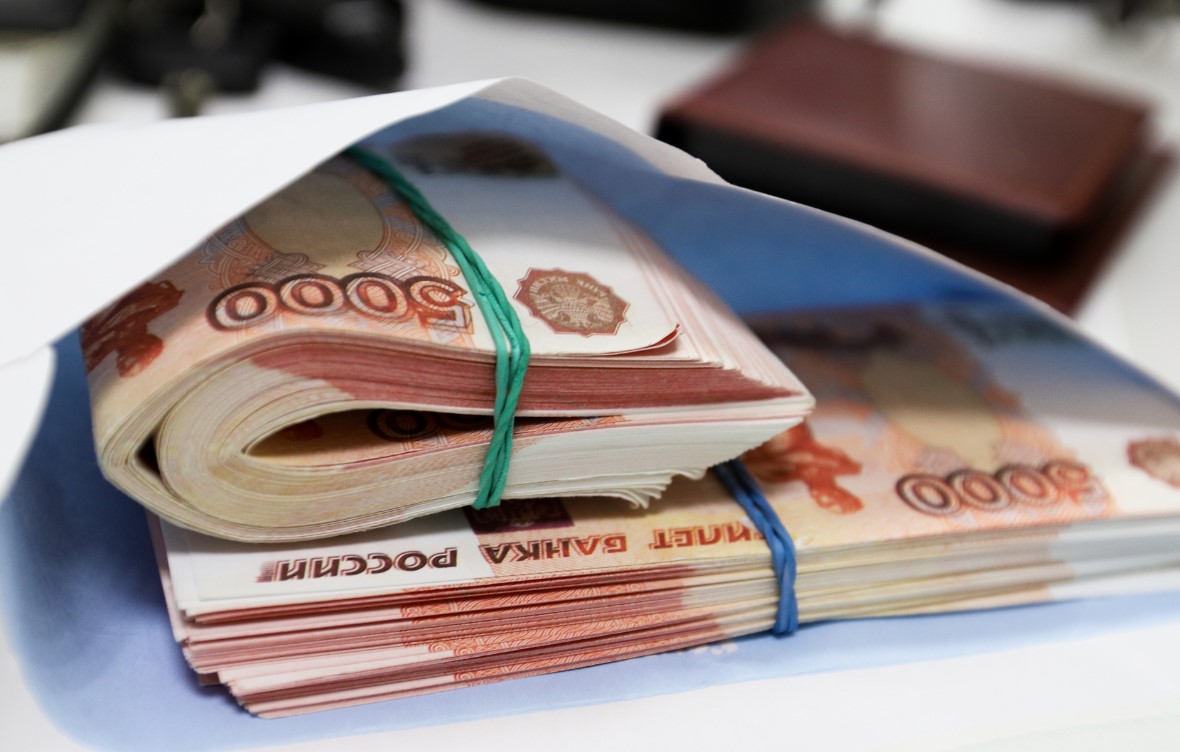Venture Capital in Russia: Where to Find Funding for Your Startup
1. Venture Capital Funds in Russia
1.1. Who and Why to Choose
Currently, Russia boasts over one hundred active venture capital funds, each making decisions based on unique criteria such as project development stage, industry specialization, and geographical coverage. For instance, the IIDF focuses on Pre-seed and Seed investments ranging from $50,000 to $500,000, while Runa Capital supports deeptech startups at the Seed–Series A stage, with investments from $1 million to $10 million. The selection of a fund should begin with an analysis of your project’s current development stage: ideas and prototype-stage projects receive the most support from early-stage funds, while growth and scaling will require interest from growth players.
1.2. Geography and Industry
Some funds are willing to work with teams from the regions, but the majority tend to concentrate on projects based in Moscow and St. Petersburg. When choosing, four main factors are important: industry, stage, the fund's track record, and geography. Analyse the funds' portfolios to understand in which sectors they have already achieved success—this will help save time on unsuitable applications and enable you to build a strategy for engagement right away.
1.3. Application and Approval Process
The application process begins with a one-page pitch deck and a financial model covering the next 18–24 months. Application forms on fund websites are often automated, but the key result is not the volume of data but its quality: a detailed description of the problem, the solution, and revenue forecasts. If an analyst approves the application, a series of meetings—either online or in the fund's office—follow, after which a due diligence process is conducted, involving checks of the corporate structure, intellectual property, and agreements with key clients. Intermediate term sheets are agreed upon regarding valuation and participation terms, and the final deal is signed within 4–8 weeks.
After the agreement is signed, the fund typically becomes involved in the management of the startup, providing quarterly reports, participating in the development of strategic decisions, and helping to establish connections with key partners. Many funds offer post-investment support programmes that include access to international business missions and industry conferences.
2. Investments from Business Angels
2.1. Who Are Angels and Where to Find Them
Business angels are private investors who invest their personal funds in the early stages of startups. Russian angels, grouped in communities such as "Russian Business Angels" and Angelsdeck.ru, are willing to consider checks ranging from $10,000 to $200,000. They actively seek projects in IT, medtech, and eco-technologies. You can find angels on platforms like AngelList, in LinkedIn groups, or through networking at major conferences such as "Startup Village" and the Russian Venture Forum. Often, angels prefer to invest in projects related to their professional experience.
2.2. Deal Format and Expectations
The investment amount is determined based on ARR multipliers or DCF models, and angels often require a stake of 10–20% in the company and a seat on the board of directors. Demonstrating key metrics—LTV/CAC, CAC payback, ARR—helps to mitigate investment risk. Angels value transparency and responsiveness; a clear roadmap for the next 12–18 months increases the chances of closing a deal within the first two weeks of negotiations. Many angels are also willing to provide additional consultancy and help with networking, so it is vital to build trusting relationships with your investor.
A note for founders: always focus on solving a specific problem, demonstrating how your product will enhance the end user's life. Angels, unlike larger funds, often invest in people and place team potential on par with market metrics.
3. Government Grants and Subsidies
3.1. Main Sources of Support
Government programmes play a crucial role in scenarios of limited own resources. The Innovation Promotion Fund offers grants of up to 3 million roubles for prototype development, the Ministry of Economic Development subsidises pilot projects in industry up to 10 million roubles, and Skolkovo offers benefits and grants along with consultancy support and access to international partners. Besides large federal programmes, regional funds provide grants up to 1.5 million roubles for the development of pilot samples and marketing support.
3.2. Selection Criteria and Application Process
The process begins with registration on the fund's portal and the preparation of a scientific and technical rationale and business plan with KPIs. Expert committees evaluate the innovation, the presence of patent protection, and market interest. After signing the agreement, the grant recipient reports on milestones—from prototype creation to commercial implementation. Strict adherence to deadlines and quality presentation of results accelerates the receipt of the next tranche and creates a positive experience in interactions with government structures.
When preparing an application, it is helpful to engage an independent expert or consultant to assess risks and compliance with competition criteria. This can help avoid rejections due to formal errors and enhance the chances of success.
4. Accelerators and Incubators
4.1. Choosing a Programme and Duration
Accelerators combine financing, mentoring, and access to partners but in return take a 5–10% equity stake in the startup. The IIDF Accelerator lasts for 4 months and provides up to $100,000; GenerationS (RVK) brings together six tracks and invests up to $200,000, while Futurium and Impact Hub focus on social projects, offering up to $50,000 and co-working space. Incubators, unlike accelerators, focus on long-term support, providing office space and educational programmes without substantial equity stakes.
4.2. Preparation for Demo Day
Demo Day marks the culmination of the acceleration process: a public presentation in front of investors and a live demo of the product. To impress, concentrate on unique selling propositions, a clear demonstration of key features, and a roadmap. Rehearsals and working with a pitch coach increase the chances of continuing negotiations immediately after the presentation. An additional advantage is media coverage: press releases and blog posts about your participation in the accelerator will attract the attention of industry media.
4.3. Post-Investment Support
After Demo Day, accelerators continue to support startups by offering sales workshops, assisting in attracting new clients through corporate partnerships, and facilitating experience sharing between teams. The involvement of an accelerator significantly increases the chances of a successful seed round and entry into international markets.
5. Crowdinvesting and Crowdfunding
5.1. Platforms and Formats
Crowdfunding through platforms such as Boomstarter and Planeta.ru attracts funds via rewards, whereas crowd investing on Rusbase Equity and StartTrack provides equity in the company. Product startups find it easier to raise funds through rewards, while SaaS services prefer equity investments. Each platform has its own fees and project verification requirements, so it is crucial to study the rules in advance and prepare a comprehensive package of materials.
5.2. Secrets of a Successful Campaign
The key to success is to gather a "core" group of dedicated supporters before launching. A well-thought-out promotional campaign via social media, venture communities, and press can help secure the initial 30% of the budget within 48 hours. Structure the campaign in phases with incentives to maintain interest and create a sense of urgency: early investors receive unique terms and additional perks.
It is equally important to ensure transparency: regularly publish updates on the progress of development and achievements. This strengthens trust among investors and encourages them to recommend your project to friends.
6. Stages of Venture Financing
6.1. Seed and Series A
The seed round attracts $100,000–$1 million after validating market demand and achieving robust metrics. For startups, a confirmed unit economy and stable ARR are crucial. Series A (check ranging from $1 million to $5 million) is targeted at scaling: investors expect a revenue growth of 3–5 times within 12 months and a strategy to enter the CIS and European markets.
6.2. Series B and Beyond
Series B (check ranging from $5 million to $15 million) opens opportunities to enter international markets and form a management team. Investors focus on corporate governance, the presence of independent directors, transparent financial reporting, and cohesive board operations.
6.3. Preparing and Managing Rounds
Beginning with the seed stage, regularly update your financial model and adjust your roadmap. Six months before your planned Series A, conduct an internal audit of your metrics and engage external consultants for checking unit economics and compliance. A clear presentation strategy and preparation of the data room facilitate a quicker deal closure process.
7. Legal Support and Term Sheet
7.1. Preparing for Due Diligence
Establish a data room containing corporate documents, contracts, and financial reports. Ensure the relevance of your charter, minutes from shareholder meetings, and employment agreements. Transparency and availability of documents can reduce due diligence timelines to 3–4 weeks and lower rejection risks.
7.2. Key Terms of the Term Sheet
The term sheet outlines the pre-money valuation, tranche sizes, shareholder rights, liquidation preferences, and anti-dilution mechanisms. Discuss the role of the founders, rights protection, and exit strategy before signing. It is essential to stipulate the terms of share buybacks, intellectual property rights, and mechanisms for resolving disputes.
7.3. Maintaining Relationships Post-Deal
After signing the investment agreement, maintain regular reporting and involve investors in strategic sessions. This helps optimise capital usage and fortifies trust between the parties, which is vital for future rounds.
8. Practical Steps for Founders
8.1. Comprehensive Funding Strategy
Develop a funding roadmap: grants → angels → seed → Series A. Each channel attracts capital at different stages, so combine them to ensure a continuous influx of resources without losing growth momentum.
8.2. Preparation of Materials
Create a pitch deck with a concise description of the problem and solution, a financial model, and a roadmap. One-page and two-page "one-pager" and "two-pager" templates will help quickly convey the main ideas to different types of investors.
8.3. Negotiation
Plan a series of meetings over 4–6 weeks, combining online and offline formats. Maintain contact, seek feedback, and update the term sheet based on investors’ proposals to expedite the process and address any potential objections.
8.4. Post-Deal
Traffic KPI and reporting to investors, organise regular strategic sessions, and reassess objectives every three months. Use mentoring networks and fund connections to tap into new markets, increasing the chances of a successful Series B and a subsequent IPO or M&A.




